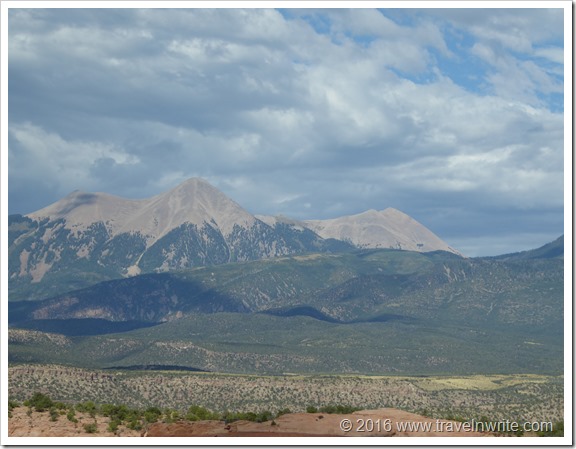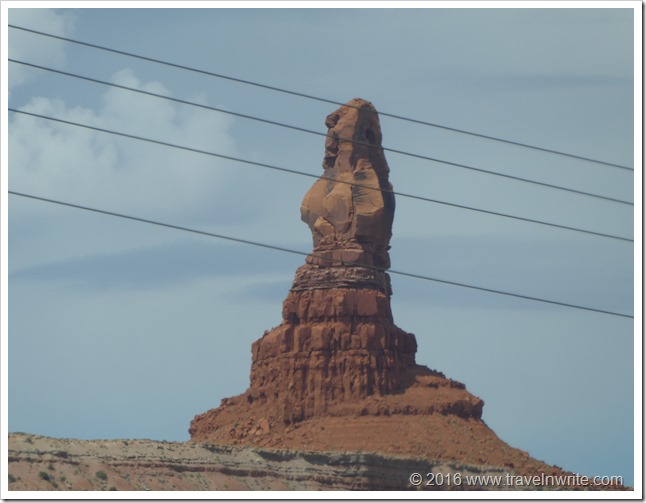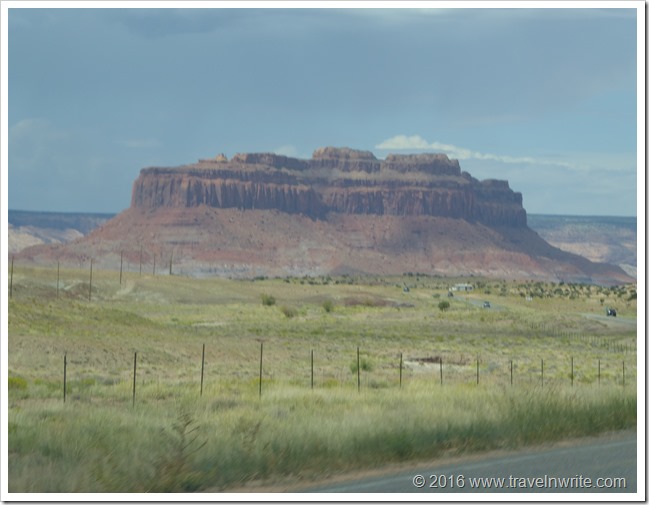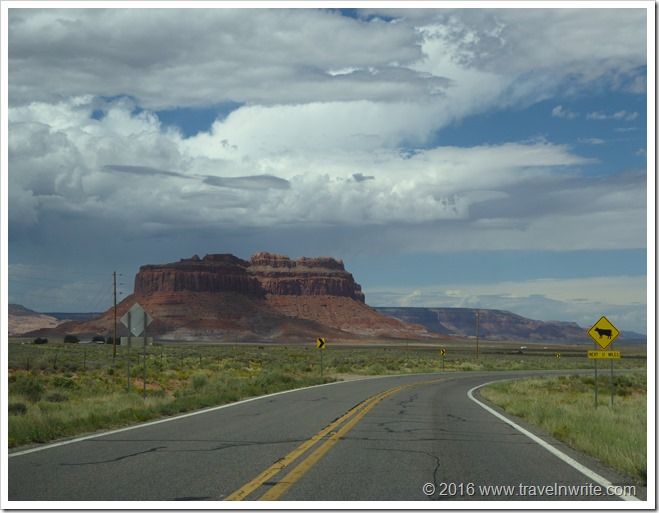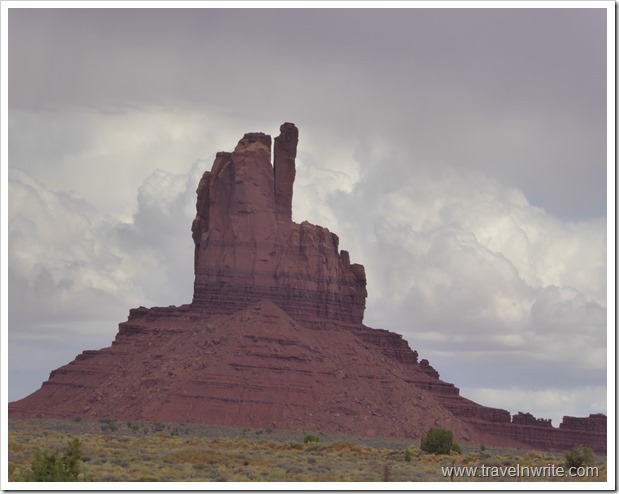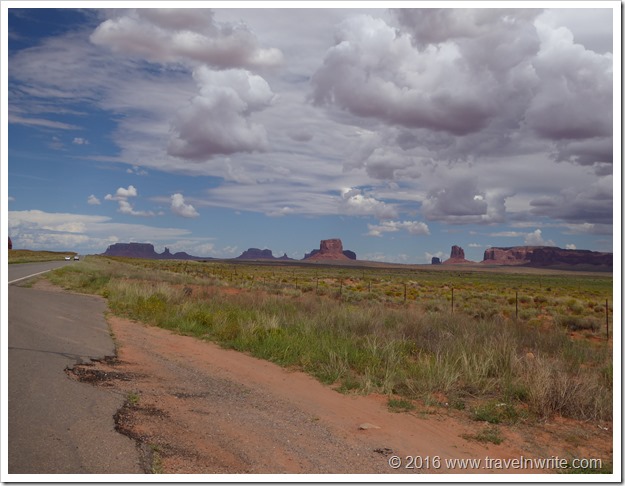The Peloponnese or Peloponnesus is a peninsula and geographic region in southern Greece.
It is separated from the central part of the country by the Gulf of Corinth.
It is the place we’ve called our part-time home since buying our The Stone House on the Hill two years ago. And for as well-known as it seems to be among Northern Europeans who vacation and have homes here, the place seems relatively unknown to a vast majority of Americans.
“Which island?” is the question we are asked in the U.S. Pacific Northwest, by those who’ve learned of our new lifestyle. Their brows wrinkle, hmmmm, they ponder a moment, “No, not quite sure where that is.”
 |
| The Stone House on the Hill to the right of the boat mast |
 |
| Peloponnese Peninsula looks like an outstretched hand |
I suspect many of you - at least those in the U.S. - will be surprised to learn that Lonely Planet’s Travel Guides named it the number one tourist destination in 2016. That was huge news around here last spring. Since we've returned this fall we are hearing nothing but positive reports from those in the tourist industry (airports, restaurants, car rental agencies):
"Best year since 2007 (for home sales)" - local realtor
"Still have cars coming in and going out daily - best year in a long time" - car rental agency
Arrivals at Kalamata airport up 22% this year over last
 |
| Scenes of the Peloponnese |
Travellers to Greece tend to flock to the myriad islands or marvel at the iconic Acropolis, but one of the country’s most diverse, vibrant regions is often forgotten: the Peloponnese. It remains an affordable enclave of magnificent ancient sights like Olympia, Mycenae and Mystras, which are scattered across a rich landscape of stone villages, teal seas and snow-capped mountains.
-- Lonely Planet Travel Guide
Linking up this week with:
Through My Lens
Our World Tuesday
Wordless Wednesday
Travel Photo Thursday –
Photo Friday
Weekend Travel Inspiration
You history buffs will find so many ancient sites that it will require either an extended stay or many visits to see them all. . .Achaia, the seaside gate to Western Europe, Ancient Messinia, Ancient Olympia (birthplace of the Olympics), Mycenae, and Corinth (you travel over the the Corinth Canal if you come here from Athens). And unless you visit in the height of the summer tourist season, you’ll find most are not over-run by tourists even though tourism is on the upswing. We had the tomb pictured below to ourselves the day we went exploring:
 |
| History is there for the asking - usually for no entry fee |
While not being history scholars or buffs, we’ve come to appreciate – even be awed by – the amount of history that surrounds us in every day life. Villages scattered about the hillsides are treasure-troves of antiquity. With far too many to be listed in tourist guides, you simply happen upon them as you travel the narrow roadways that lace the peninsula. The chapel below was open on Easter Sunday at the restaurant where we celebrated the day with our neighbors.
 |
| A small church up the road from our house |
Churches that have served the faithful for centuries are still used for worship. Church bells still call the faithful to services and remind us all of the importance of the Greek Orthodox religion here.
 |
| Through the ages. . . |
Reminders of the conflicts that have marred the area’s history are also prevalent in the villages. The building architecture often tells the story of history’s conquerors. Take the Venetians who battled the Ottomans for control of the area. Evidence of their occupation carved into stone – their Winged Lion of St. Mark, a symbol of the Venetian empire spotted on buildings and entries throughout the area.'
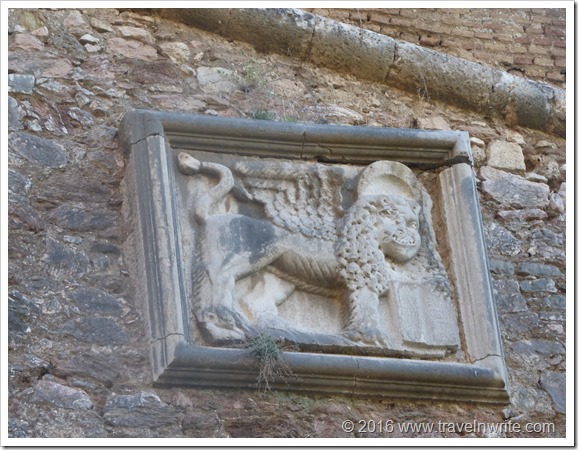 |
| The Venetians were here. . . |
Many visitors though are drawn to the area – much as we were – by its striking mountains and views of the sea.
 |
| A walk along the Sea in The Mani |
For others, it is the charm of the stone villages, some still requiring you to park your car and walk into their interiors because their ancient streets are so narrow.
 |
| The Main Road in Monemvasia - be prepared to walk |
The Peloponnese is divided into regions, much like you think of counties within states in the U.S. Arcadia, Achaia, Ilia, Korinthos, Laconia, Messinia, where our home is located. . .each has a little something different to offer and we have barely touched the surface.
During our next few months here, we plan to do some exploring of this vast land and we’ll take you with us, virtually, anyway. As always, we appreciate the time you spend with us and love reading the comments and emails our tales prompt. We can’t thank you enough for re-posting and tweeting links to our blog for others to read. Happy and safe travels to you!
Linking up this week with:
Through My Lens
Our World Tuesday
Wordless Wednesday
Travel Photo Thursday –
Photo Friday
Weekend Travel Inspiration


![14224970_10153729824326423_4875871008760126598_n[1] 14224970_10153729824326423_4875871008760126598_n[1]](https://lh3.googleusercontent.com/-o49VJsl2Ibw/V_h44q_EapI/AAAAAAAAR60/w7IpVyGqqAw/14224970_10153729824326423_487587100%25255B2%25255D.jpg?imgmax=800)

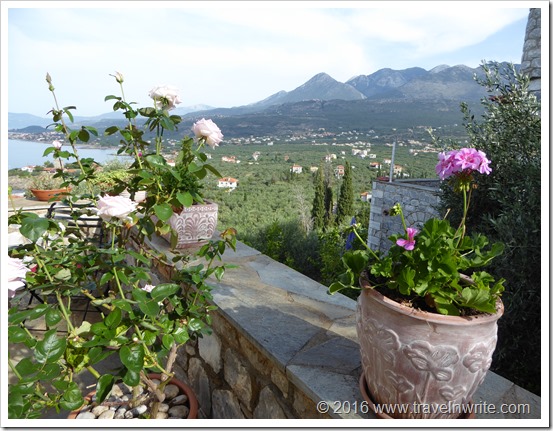
![14470398_1066829413366953_7633416777578109879_n[1] 14470398_1066829413366953_7633416777578109879_n[1]](https://lh3.googleusercontent.com/-qie7oGFNlE4/V_h4_PO-yNI/AAAAAAAAR7M/VD4KHWb3TeA/14470398_1066829413366953_7633416777%25255B1%25255D.jpg?imgmax=800)
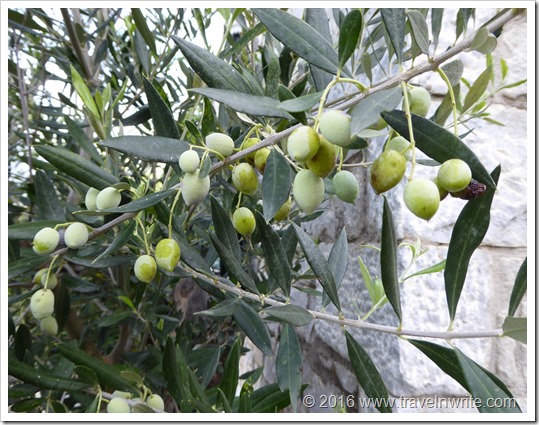


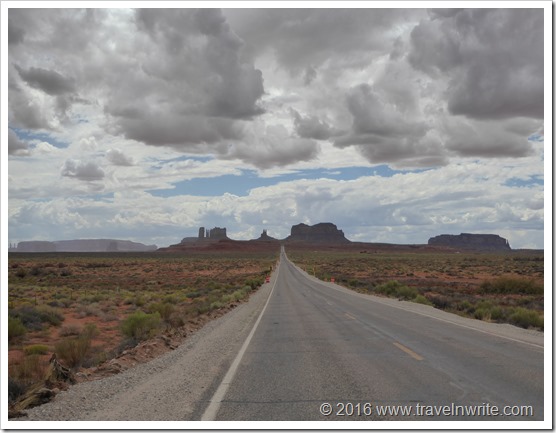

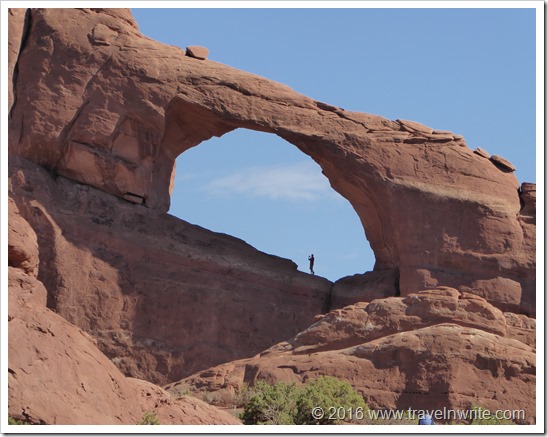





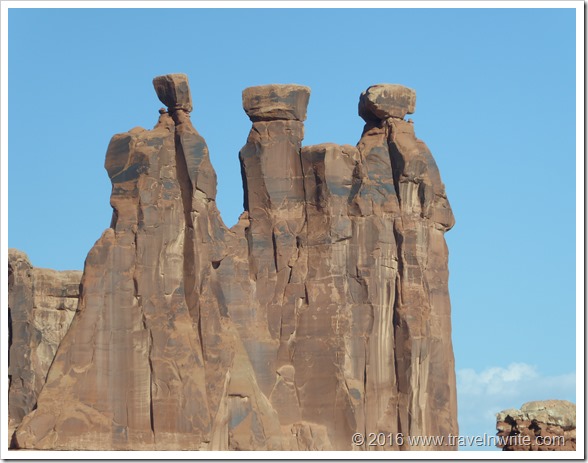
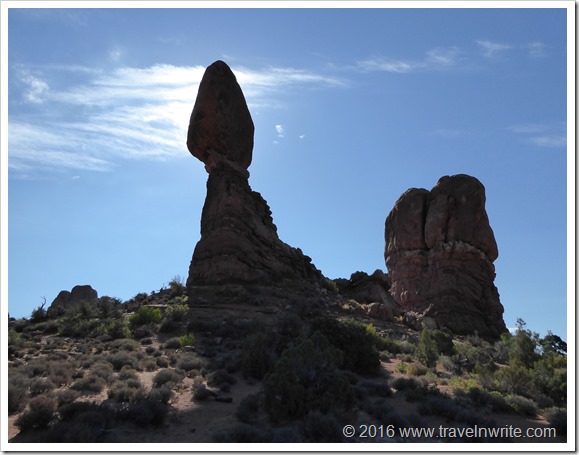
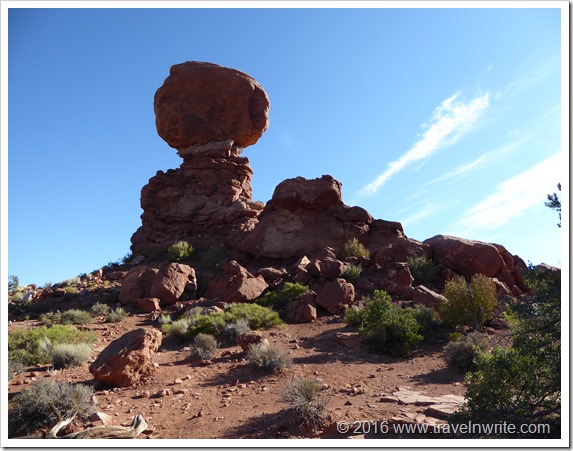








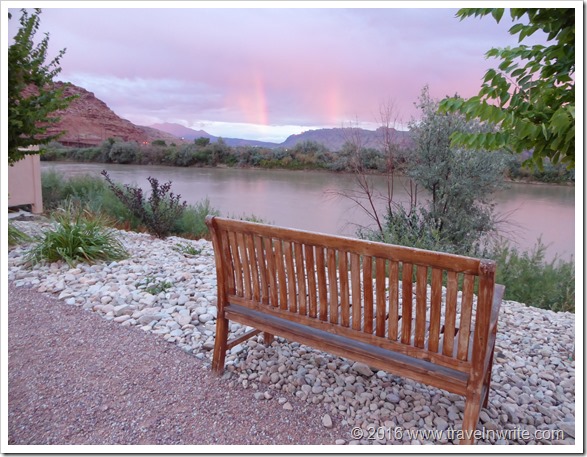


![20160902_171922_resized[611610] 20160902_171922_resized[611610]](https://lh3.googleusercontent.com/-r57boNTrF7E/V-E4B3UVACI/AAAAAAAAR4Q/1hPLlWk1qRk/20160902_171922_resized611610_thumb7.jpg?imgmax=800)
